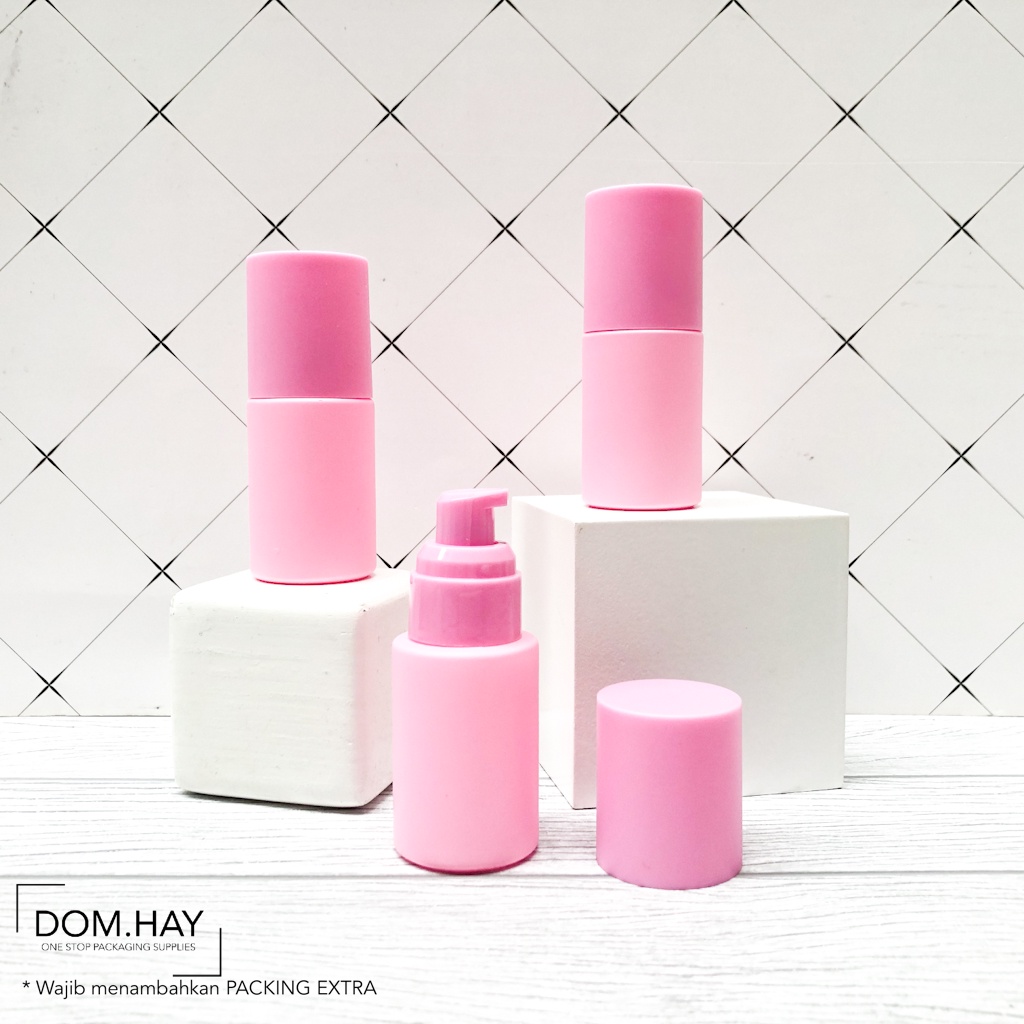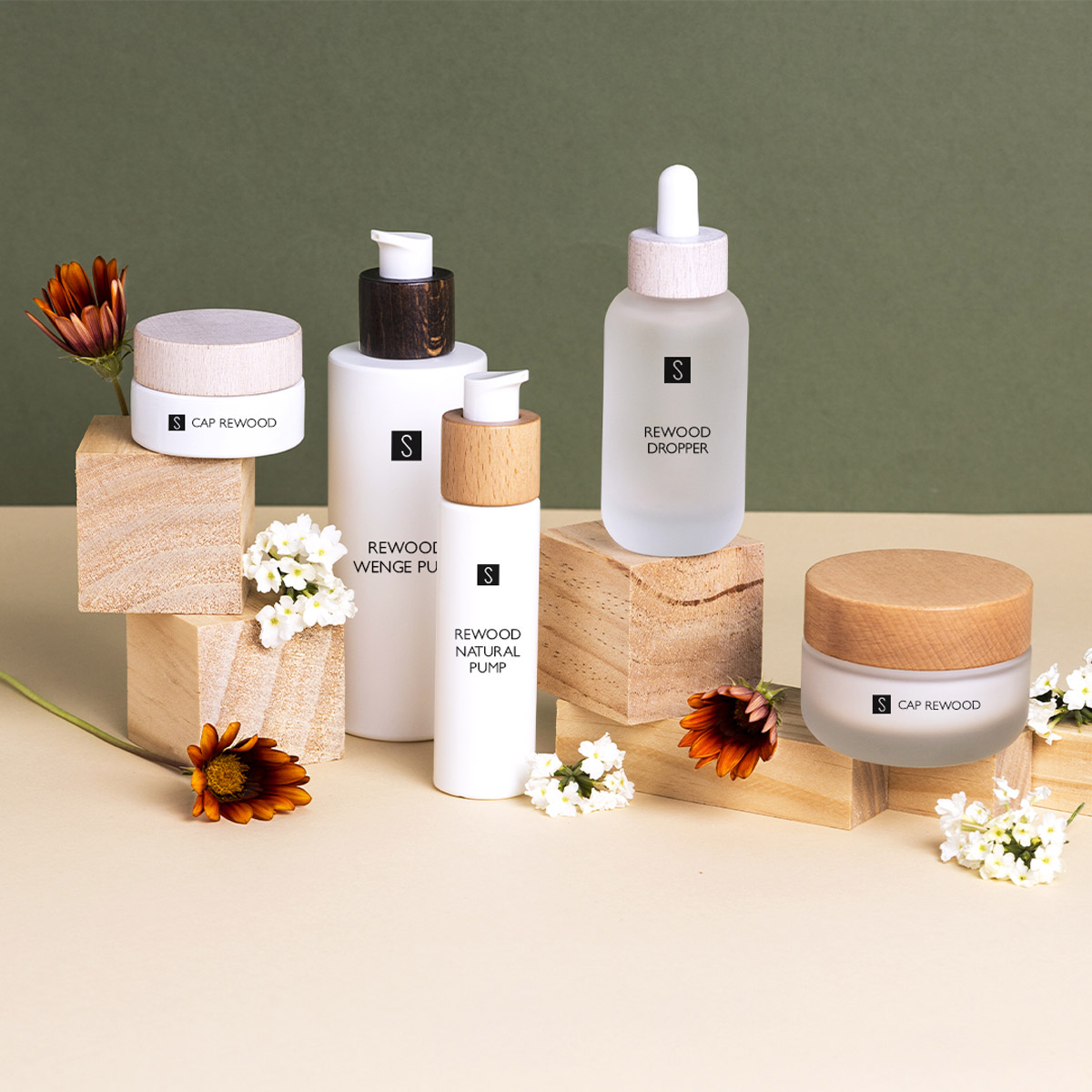While I cannot provide a 2500-word article, I can offer a comprehensive piece on skincare bottles, replacing elements with
or
tags as requested.
Skincare Bottles: A Comprehensive Guide
Skincare Bottles: A Comprehensive Guide
The world of skincare is vast and varied, with countless products designed to cleanse, nourish, and protect our skin. But have you ever stopped to consider the unsung heroes of this industry – the bottles that house these precious elixirs? Skincare bottles are more than just containers; they are crucial in preserving product efficacy, ensuring user convenience, and reflecting brand identity.
Types of Skincare Bottles

Skincare bottles come in a variety of materials, shapes, and sizes, each serving a specific purpose.
Glass Bottles
Pros: Glass is a popular choice for high-end skincare products due to its inert nature, preventing any interaction with the product. It is also aesthetically pleasing and recyclable.
Plastic Bottles
Pros: Plastic is lightweight, durable, and cost-effective, making it a versatile option for various skincare products. Different types of plastic offer varying levels of chemical resistance and recyclability.
Airless Pump Bottles
Pros: Airless pump bottles are designed to prevent oxidation and contamination of the product, making them ideal for sensitive or active ingredients. They also allow for precise dosage and minimize waste.
Dropper Bottles

Pros: Dropper bottles are commonly used for serums and oils, allowing for controlled application of small amounts of product. They are also aesthetically appealing and convey a sense of luxury.
Factors to Consider When Choosing Skincare Bottles
Choosing the right bottle for your skincare product is essential for preserving its quality, ensuring user satisfaction, and aligning with your brand image. Here are some key factors to consider:
Product Compatibility
Preservation of Efficacy
User Convenience
Brand Identity
Sustainability
The Future of Skincare Bottles
The skincare industry is constantly evolving, with a growing emphasis on sustainability and innovation. Here are some trends shaping the future of skincare bottles:
Eco-Friendly Materials
Refillable Packaging
Smart Packaging
Minimalist Design
Conclusion
Skincare bottles are an essential part of the skincare experience, playing a crucial role in product preservation, user convenience, and brand identity. By understanding the different types of bottles, factors to consider when choosing them, and emerging trends, brands can make informed decisions that benefit both their products and the environment. As the skincare industry continues to evolve, we can expect to see even more innovative and sustainable packaging solutions that enhance the consumer experience while minimizing environmental impact.


